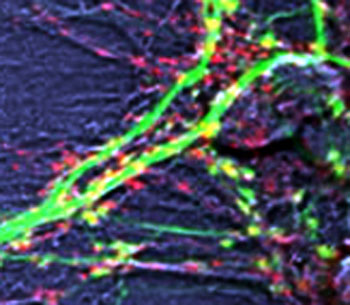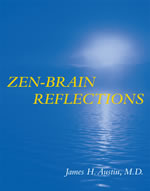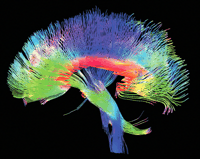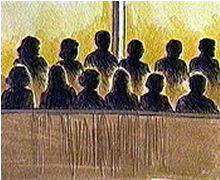Breaking Dennett's spell
January 23rd, 2006 Numenware readers are busy people. So here’s a handy, one-paragraph summary of Daniel C. Dennett’s new book, Breaking the Spell: Religion as a Natural Phenomenon, to save you the hours required to plow through its 400 pages and the $25.95 you’d have to spend to buy it:
Numenware readers are busy people. So here’s a handy, one-paragraph summary of Daniel C. Dennett’s new book, Breaking the Spell: Religion as a Natural Phenomenon, to save you the hours required to plow through its 400 pages and the $25.95 you’d have to spend to buy it:
I’m Daniel Dennett, and I think religion is stupid, and everybody should stop believing in it right now, because I’m real smart and I say so. Besides, it’s just an evolutionary and cultural thing according to some books I read. Don’t get me wrong, though: some of my best friends are religious, and a lot of them are real nice people!
Dennett spends the first chapter talking about an alleged vast conspiracy striving to prevent people like him from looking at religion objectively . That’s odd, given the centuries of research on the topic.
Dennett argues vociferously for a scientific analysis of religion. Which is doubly odd, since he’s obviously made up his mind already. And the only scientific “evidence” he himself quotes is cribbed from people who actually did work on the topic, such as Boyer (earlier post) and Atran (earlier post). He gives a sloppy summary of their work.
Triply odd is what Dennett leaves out of his “daring and important” new book, which is anything about what people experience in religion. He fails to mention, much less categorize or analyze, any transcendental experiences beyond those of the beautiful sunset variety.
Dennett gives short shrift to the biological seat of religious experience—the brain. His treatment of the topic is limited to the mention of one paragraph in Atran’s book. He dismisses D’Aquili and his “AUB” (Absolute Unitary Being) concept with its neural correlates in a single sentence.
The book is desperately in need of a fact checker, an editor, or, preferably, a ghost writer. Dennett is unable to maintain one train of thought for one section, much less an entire chapter. The book is cluttered with distracting soliloquies and asides. He doesn’t understand the concept of a scientific theory, imagining that it becomes a “fact” after it’s “proven”. He calls Jared Diamond a “pioneer who did scientific work on religion.” He refers to “Shinto temples of surreal intricacy and precision” (Shinto has shrines, not temples, and they’re austere in the extreme). He conflates the evolutionary and cultural aspects of the development of religion by treating genes and memes, of which he is much enamored (to the point of including in the book a disconnected appendix in their defense), as equivalent selective mechanisms.
Dennett thinks that a historical account developed is equivalent to understanding what it means—an odd stance for America’s putative leading philosopher.
Dennett waves off criticsm with gratuitous displays of feigned modesty, weak calls for “further inquiry”, and, in the ultimate irony, pre-emptive attacks on those who might disagree—proclaiming some of them infidels unworthy of even casting their eyes on his holy writ.
It’s really too bad. Someone with Dennett’s intellect and clout could have written a book on this timely topic that would really have changed the terms of the discussion . Myopic, slovenly, repetitive, disorganized, and biased, this book disastrously fails to fulfill that promise .


 Neuroplasticity is a plausible—some might say obvious—hypothesis for the mechanism by which humans develop spiritually. For instance, the relatively slow speed of neurogenesis would account for the time required under development protocols such as meditation.
Neuroplasticity is a plausible—some might say obvious—hypothesis for the mechanism by which humans develop spiritually. For instance, the relatively slow speed of neurogenesis would account for the time required under development protocols such as meditation.
 Do people see God in their dreams? If so, this could contribute to our understanding of how humans view the divine.
Do people see God in their dreams? If so, this could contribute to our understanding of how humans view the divine. A major milestone: a machine has consistently defeated very strong humans at at the game of “go” (report
A major milestone: a machine has consistently defeated very strong humans at at the game of “go” (report  Scientific American Mind (
Scientific American Mind (
 Do kids naturally believe in an afterlife, or is it something they’re taught?
Do kids naturally believe in an afterlife, or is it something they’re taught?